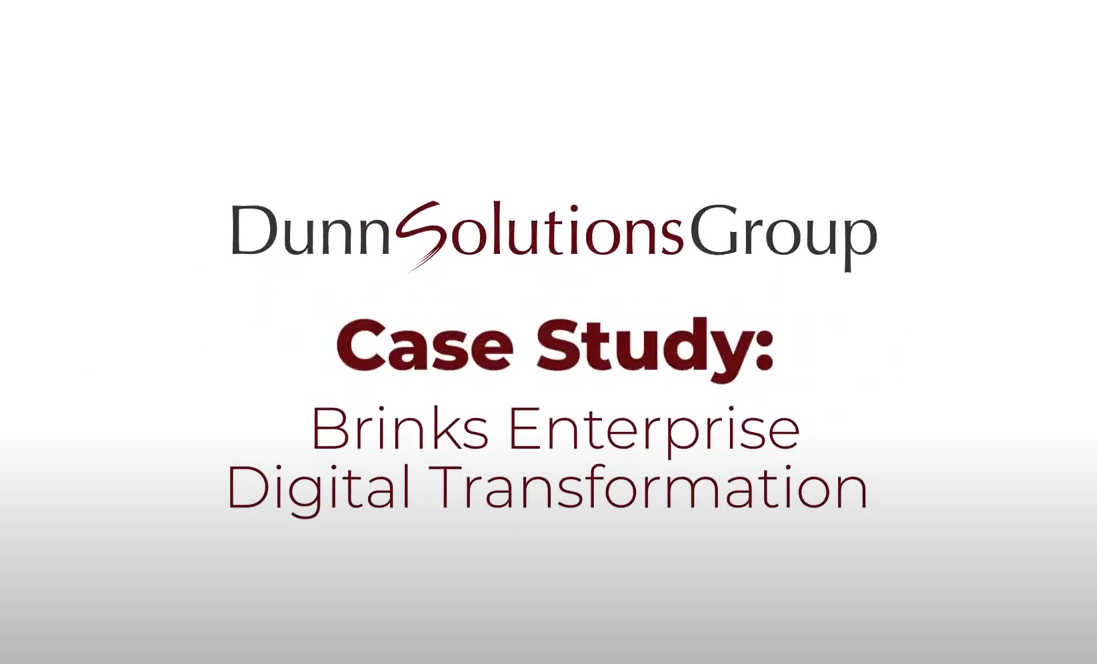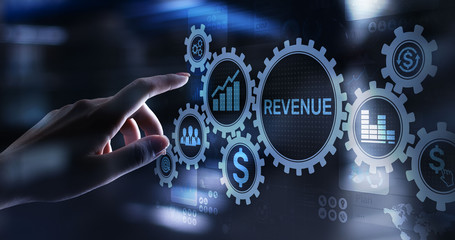Navigate confidently within SAP systems
Describe how various business transactions are performed using the SAP ERP system
Explain the integration points between applications within SAP ERP
Actively participate in blueprint definition for your implementations
Application Consultant
Business Analyst
Business Process Owner / Team Lead / Power User
Program / Project Manager
- Essential: A basic understanding of logistics and accounting business processes
- 1) Automation of Business Processes
- a) Explaining Interrelated Business Processes
- b) Using SAP Business Suite to Automate Business Processes
- 2) SAP ERP Basics and Navigation
- a) Performing Navigation Within the SAP ERP System
- b) Personalizing the SAP Graphical User Interface (GUI)
- c) Outlining the Concepts Applied Across SAP ERP Applications
- d) Explaining SAP Business Warehouse (BW) Concepts
- e) Outlining New SAP Functionality
- 3) Financial Accounting (FI) Basics
- a) Describing SAP FI Tasks
- b) Defining the Organization Levels in SAP FI and SAP Management Accounting (CO)
- c) Defining General Ledger (GL) Master Data
- d) Posting a GL Account Document
- 4) SAP Management Accounting (CO) Basics
- a) Describing the functions of CO
- b) Defining Organizational Levels in CO
- c) Completing Postings in CO
- 5) Purchase-to-Pay Processing in SAP ERP
- a) Describing the Purchase-to-Pay Business Process
- b) Identifying Organizational Levels that Support the Purchase-to- Pay Business Process
- c) Defining the master data used by the procure-to-pay business process
- d) Creating a Vendor-Specific Master Record
- e) Creating Purchase Requisitions
- f) Creating a Purchase Order
- g) Posting a Goods Receipt for a Purchase Order
- h) Processing Vendor Invoices
- i) Processing the Automatic Payment Run
- j) Identifying Purchase-to-Pay Integration Points
- 6) Plan-to-Produce Processing in SAP ERP
- a) Describing the Plan-to-Produce Business Process
- b) Identifying Organizational Levels which Support the Plan-to- Produce Business Process
- c) Defining Products and Bill of Material Documents
- d) Defining Production Processes
- e) Explaining the Integration Between CO and Production Planning
- f) Creating a Product Cost Estimate
- g) Planning Product Demand
- h) Defining the Material Requirements Planning (MRP) Process
- i) Processing MRP
- j) Describing the Manufacturing Business Process
- k) Creating and Releasing a Production Order
- l) Performing a Material Withdrawal for a Production Order
- m) Performing an Order Confirmation and Entering a Goods Receipt
- n) Entering Stock Transfers and Transfer Postings
- o) Performing Period-End Activities for Production Orders
- p) Listing the Integration Points of the Plan-to-Produce Process
- 7) Order-to-Cash Processing in SAP ERP
- a) Describing the Order-to-Cash Business Process
- b) Identifying the Organizational Levels That Support the Order-to- Cash Business Process
- c) Creating a Customer Master Record
- d) Using Material Master Records
- e) Creating a Customer Material Condition Record
- f) Creating Sales Orders
- g) Delivering Sales Orders
- h) Creating Customer Invoices
- i) Receiving Customer Payment
- j) Using Profit Center Accounting
- k) Analyzing the Profitability of External Market Segments
- l) Defining Order-to-Cash Integration Points
- 8) Internal Orders, Fixed Assets, and Enterprise Asset Management (EAM)
- a) Describing the Process Between Internal Orders, Fixed Assets, and EAM
- b) Creating a Fixed Asset Master Record
- c) Monitoring Costs Using Internal Orders
- d) Processing a Commitment for an Internal Order
- e) Settling Internal Orders
- f) Performing Period End Activities for Fixed Assets
- g) Defining the Organizational Levels used in EAM
- h) Defining the Technical Objects used in EAM
- i) Integrating EAM and Fixed Asset Accounting
- j) Creating Maintenance Notifications
- k) Creating Maintenance Orders
- l) Performing Maintenance Activities
- m) Completing a Maintenance Order
- 9) Project Systems in SAP ERP
- a) Creating Projects with Work Breakdown Structure (WBS) Elements
- b) Planning Dates and Resources for a Project
- c) Assigning Materials and Resources to a Project
- d) Planning Project Costs and Revenues
- e) Recording the Progress of a Project
- f) Posting a Material Transaction to a Project
- g) Performing Period End Closing Activities for a Project
- h) Identifying the Integration Points of a Project System
- 10) SAP Human Capital Management (HCM)
- a) Explaining HCM Processes
- b) Defining HCM Structures
- c) Explaining the Employee Hiring Process
- d) Managing Employee Records
- e) Describing Qualifications and Requirements
- f) Outlining Training and Event Management
- g) Describing HCM Support Processes
- h) Identifying the Activities in a Self-Service Interface
Course based on software release: EHP8 For SAP ERP 6.0
Course notes and announcements:
1) Integrated SAP software fosters innovation without disruption. In a global economy, businesses must efficiently extend processes across a broad network of customers, suppliers, and partners. This will reduce waiting time and waste while speeding up key processes throughout the network. TERP10 will give you the foundational knowledge you need to understand how a highly integrated system can favorably impact your company's performance.
2) TERP10, one of our most popular ERP certification courses, is now available in a modular format. Rather than attend the course in 10 consecutive days, learners now have the option to consume the training in two non-consecutive weeks and over an extended period.
3) Students who plan to sit for the corresponding certification exam C_TERP10_67 should attend both weekly sessions. At the end of the second week there is an exam review and the certification exam is administered in class.
4) Please note, taking the certification exam is not a requirement to attend either of the weeks.
5) TERP10 Content by Week
TERP1A – Week 1
Automation of Business Processes
SAP ERP Basics and Navigation
Financial Accounting (FI) Basics
SAP Management Accounting (CO) Basics
Purchase-to-Pay Processing in SAP ERP
Plan-to-Produce Processing in SAP ERP
TERP1B – Week 2
Order-to-Cash Processing in SAP ERP
Internal Orders, Fixed Assets, and Enterprise Asset Management (EAM)
Project Systems in SAP ERP
SAP Human Capital Management (HCM)
Exam Review
Exam
This is a SAP CERTIFIED Course. Your course will include Full Class Delivery of the comprehensive standard SAP curriculum agendas, SAP Certified Instructor, Demonstration and Presentation, Student Hands on exercises, Access to SAP Hosted servers/training environment, and SAP Certified participant guides.
This 10 day instructor led course qualifies for 80 CPE Credits. CPE Credits are currently available only for publicly scheduled courses delivered live at SAP locations and our Authorized Education Partner locations.
With virtual live classroom training you get comprehensive training from SAP experts using seamless over-the Web connectivity. The same content delivered in SAP's traditional "brick and mortar" classrooms is presented during virtual live classroom deliveries. As in SAP's traditional classrooms, SAP virtual live classroom stresses hands-on learning providing each registered student with exclusive access to live SAP systems throughout each course. Each Virtual Live class is taught by a SAP Certified Instructor and will include an e-book student guide for you to download and keep. CPE Credits are currently available only for publicly scheduled courses delivered live at SAP locations and our Authorized Education Partner locations. CPE Credits are not available for virtual live classroom sessions.
Not finding any suitable dates? Contact us for additional available dates: training@dunnsolutions.com
Course material also available as a flipbook in the (HUB030) SAP Learning Hub, Professional Edition, Public Cloud Version



